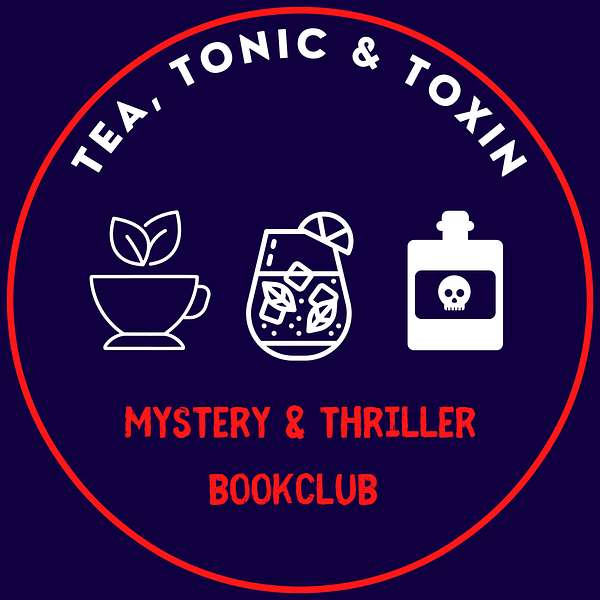
Tea, Tonic & Toxin
Tea, Tonic & Toxin
The Notting Hill Mystery
The Notting Hill Mystery (1862-1863) is often called the first detective novel. In it, the wife of Baron R** dies after drinking acid. It looks like an accident until insurance investigator Ralph Henderson discovers that Baron R** took out several life insurance policies on her. From there, the plot continues to thicken.
Readers see everything Henderson sees, including letters, diary entries, witness interviews, a marriage certificate, and a map of the crime scene. The New York Times Book Review called The Notting Hill Mystery “both utterly of its time and utterly ahead of it.”
Had you ever heard of the Notting Hill Mystery before now? What parts felt dated? How might the story have been told differently today?
The forensic techniques used to gather and analyze evidence in the story would have felt fresh and new to a 19th-century reading audience. Examples include diary entries, letters, and witness depositions. As the British Library notes, these innovative techniques “would not become common features of detective fiction until the 1920s.” Did you enjoy being able to review all of these materials? Did the forensic feel of the book interest you? Bore you?
In Section VI, Ralph Henderson writes, “Unless the case can be made to stand out clearly, step by step, in all its details, from the commencement to the end, its isolated portions become at once a mere chaos of coincidences.” The case he builds leads to a “conclusion so at variance with all the most firmly established laws of nature” that, it seems almost impossible to accept. Did some parts of the case seem impossible for you to accept? Why?
Some details are deemed immaterial to the story. For example, how and why was Rosalie kidnapped? Are we really meant to believe Baron R** really just met Rosalie by accident? To whom was Rosalie’s Notting Hill letter addressed (Section IV)? Would the housemaid Sarah really have fessed up to poisoning Madame R** to avoid being blamed for tasting marmalade? Did these details bother you, or did you willingly suspend your disbelief?
Mesmerism is key to the novel. When direct manipulation isn’t possible (due to questions of propriety), Baron R** experiments with secondhand manipulation with the help of a medium named Rosalie. We see the power Baron R** wields, along with broader implications related to the sympathy of twins. In what ways does Henderson’s (and others like Dr. Marsden and Mrs. Ellis, the mesmerized sick nurse) disdain for and disbelief in mesmerism ultimately enable Henderson to build a strong case about mesmerism and twin connections?
Secrecy plays a role in this story. Mrs. Anderton and those around her never mention the kidnapping of her twin sister. Mrs. Anderton also conceals the biweekly leaden taste in her mouth. No one tells Rosalie that she’s sleepwalking, and the housemaid Susan Turner doesn’t tell anyone what she and her beau witnessed even after Madame R** takes ill. In each case, this information is deemed too dangerous to share or too upsetting to hear. In what ways does the desire to “protect” others often lead to terrible outcomes?
Catherine Boleton (Rosalie) is sold twice: once to Signor Leopoldo at the Olympian Circus for 5£ and once to Baron R** for 50£. Slavery was made illegal in England in 1807. The young “spinster” (see the marriage certificate) then marries Baron R**. What gives?
https://www.instagram.com/teatonicandtoxin/
https://www.facebook.com/teatonicandtoxin
https://www.teatonicandtoxin.com
Stay mysterious...